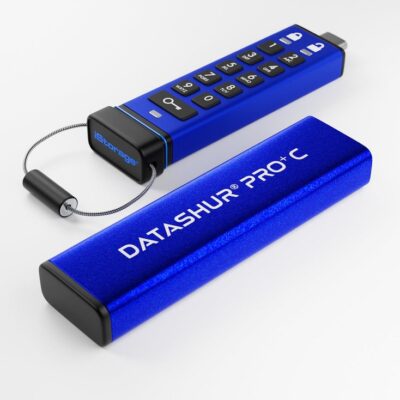How machines can help us better connect with humans.
I spent many years working with start-ups and large corporations, and invariably they all spent a large proportion of their budgets getting their message across to consumers and other businesses.
Natural Language Processing (NLP) has advanced significantly in recent years, becoming much more sophisticated Share on XYet while there is no doubt that external communications are important, I found that the most successful companies were, in fact, the ones which dedicated just as much time, effort, and resources (if not more) to get their internal communications right.
Because it’s all well and good projecting the right image to the outside world, but if your messaging is not consistent internally, in other words, if your mission is not clear to your own team, you have very little chance of it ringing true to those outside it.
One of my favorite quotes from Richard Branson really sums it up:
“Clients do not come first. Employees come first. If you take care of your employees, they will take care of the clients.”
Building a cohesive and inclusive corporate culture is challenging for any company, but those challenges are exacerbated even further in an age where many employees work remotely, often in different time zones.
With the right NPL tools, interactions can be turned into meaningful engagement at scale Share on XIt might seem counter-intuitive, but where it comes to fostering better communication channels amongst humans, machines can be our most powerful allies. With technologies such as Artificial Intelligence – in particular, Natural Language Processing (NLP) – it is possible to enable better communication without having to over-stretch resources by dedicating people to maintaining those channels manually.
It’s all well and good projecting the right image to the outside world, but if your mission is not clear to your own team, you have very little chance of it ringing true to those outside it Share on XNLP has advanced significantly in recent years, becoming an increasingly sophisticated tool in discerning syntax (the arrangement of words in a logical manner) and semantics (referring to the contextual meaning of words), able to more accurately gauge human sentiment and leverage it appropriately. It can be used to bridge Top-Down Communication in Organizations and foster a better employee-employer relationship by ensuring that the employees receive all the relevant messages that they require, whether it is through regular email messaging or through highlighting their accomplishments.
“ It is a well-known fact that many companies fail to pass down relevant messages to their employees making them feel unwanted and disengaged,” said Gaurav Bhattacharya and Saumya Bhatnagar Co-founders of Involvesoft, a platform that enables companies to improve employee engagement through the use of NLP. He stresses that nowadays it is possible for chatbots to be highly effective in establishing a meaningful connection with an employee, understanding their strengths and weaknesses and helping them where needed.
Involvesoft provides its users with an Instagram-like feed that allows employees to read the latest news and announcements, spotlight stories, and take surveys and communicate with members of their community, which in turn improves top-down communication as the messages reach all the employees through the platform.
“Whereas an employee might be reluctant to ask a colleague or supervisor about something for which they feel they might get judged, a chatbot could help bridge that gap,” says Bhattacharya, adding that many times an employee will refrain from asking an important question because they are worried about how friends or colleagues might judge them, and this has a significantly negative impact on productivity levels, not least because failing to ask a question might mean a mistake is repeated without that person even realizing it.
As the CEO of the company, Bhattacharya very much practices what he preaches, since his own company also leverages NLP to make employees happy and successful by helping others. The Involvesoft platform helps companies and their employees to give back to the community by creating personalized giving and volunteering opportunities.
Involvesoft leverages NLP to make employees happy and successful by helping others Share on XCorporate Social Responsibility (CSR) is a hugely successful tool in building a cohesive company culture, often much more so than perks and personal rewards. In fact, Bhattacharya explains that such initiatives have been shown to improve company culture and team collaboration by up to 81% reducing turnover by as much as 30%.
NLP can thus create a self-learning virtuous circle, whereby every conversation, every interaction, and every good deed helps to evolve both humans and algorithms into a better platform. The information and insights gathered through this constant feedback loop are constantly deployed in optimization across the board within an organization: From user experience to consumer outreach, advertising and HR.
Whereas an employee might be reluctant to ask a colleague or supervisor about something for which they feel they might get judged, a chatbot could help bridge that gap Share on XWith the right NPL tools, interactions can, therefore, be turned into meaningful engagement at scale, and provide a veritable goldmine of information for human resources and marketing teams alike, improving not only the work environment but also the product. It’s a win-win!
Tech Trends offers a broad range of Digital Consultancy services to guide companies, individuals and brands in effectively leveraging existing and emerging technologies in their business strategy.
Alice Bonasio is a XR and Digital Transformation Consultant and Tech Trends’ Editor in Chief. She also regularly writes for Fast Company, Ars Technica, Quartz, Wired and others. Connect with her on LinkedIn and follow @alicebonasio on Twitter.









